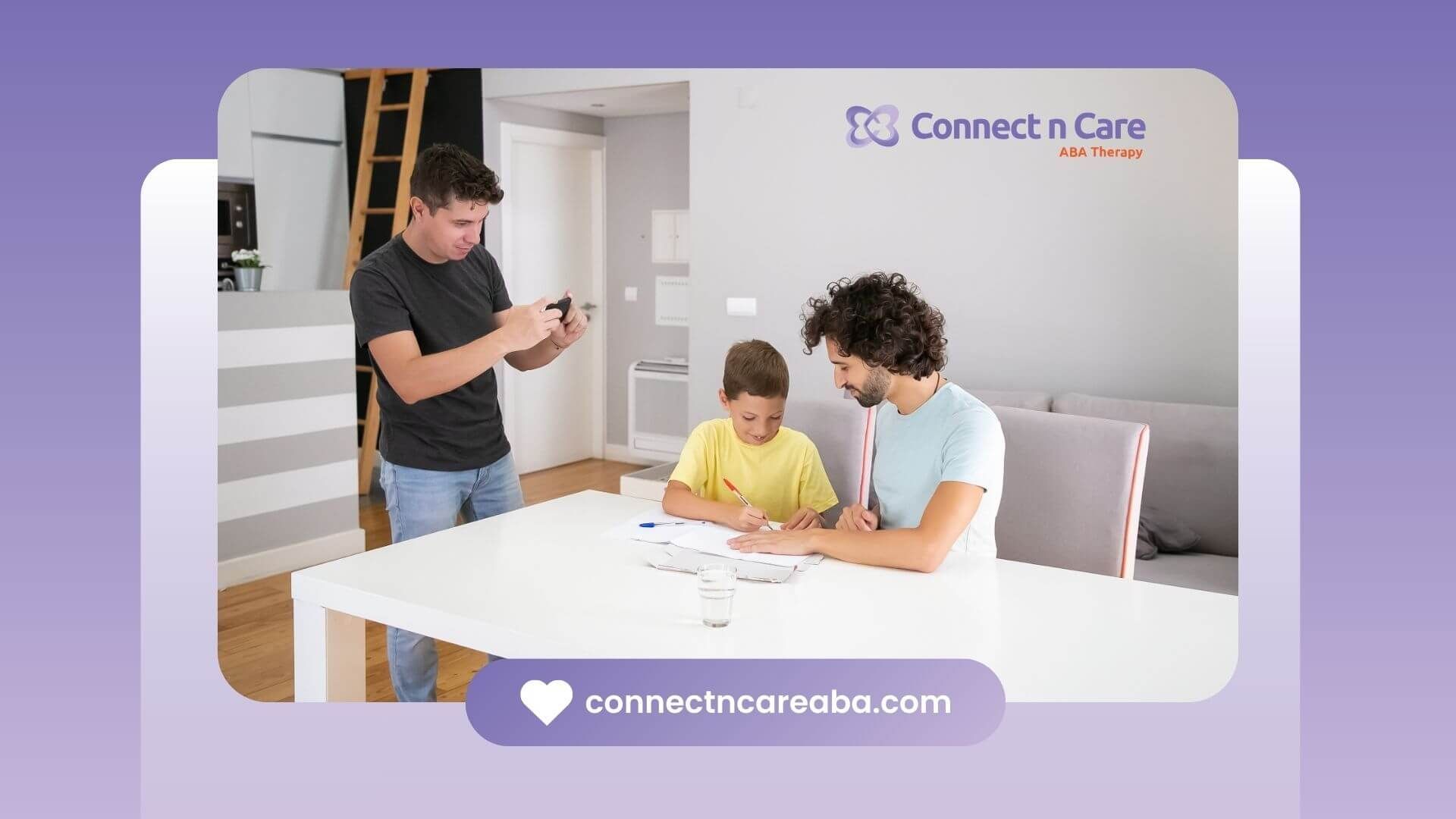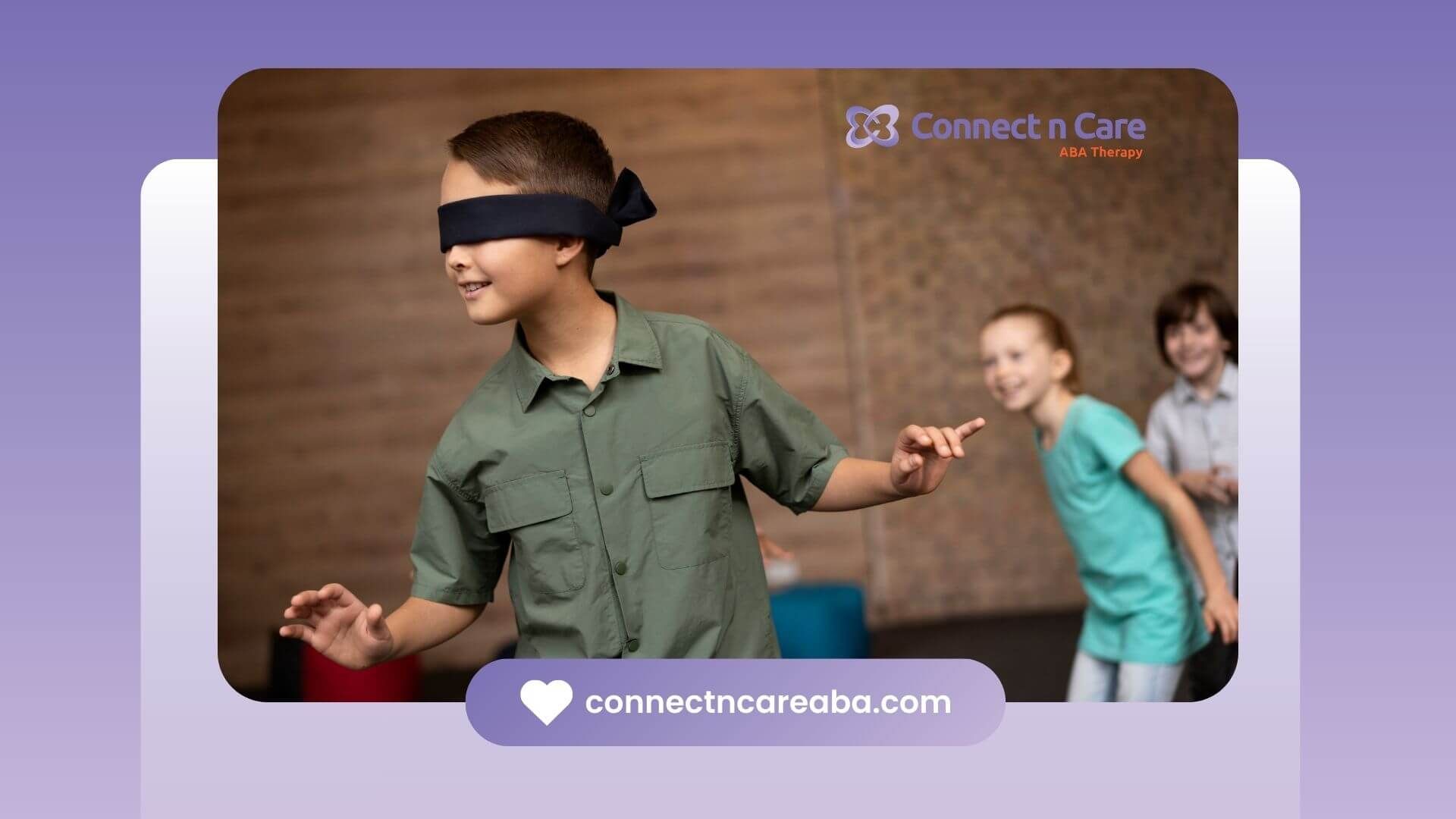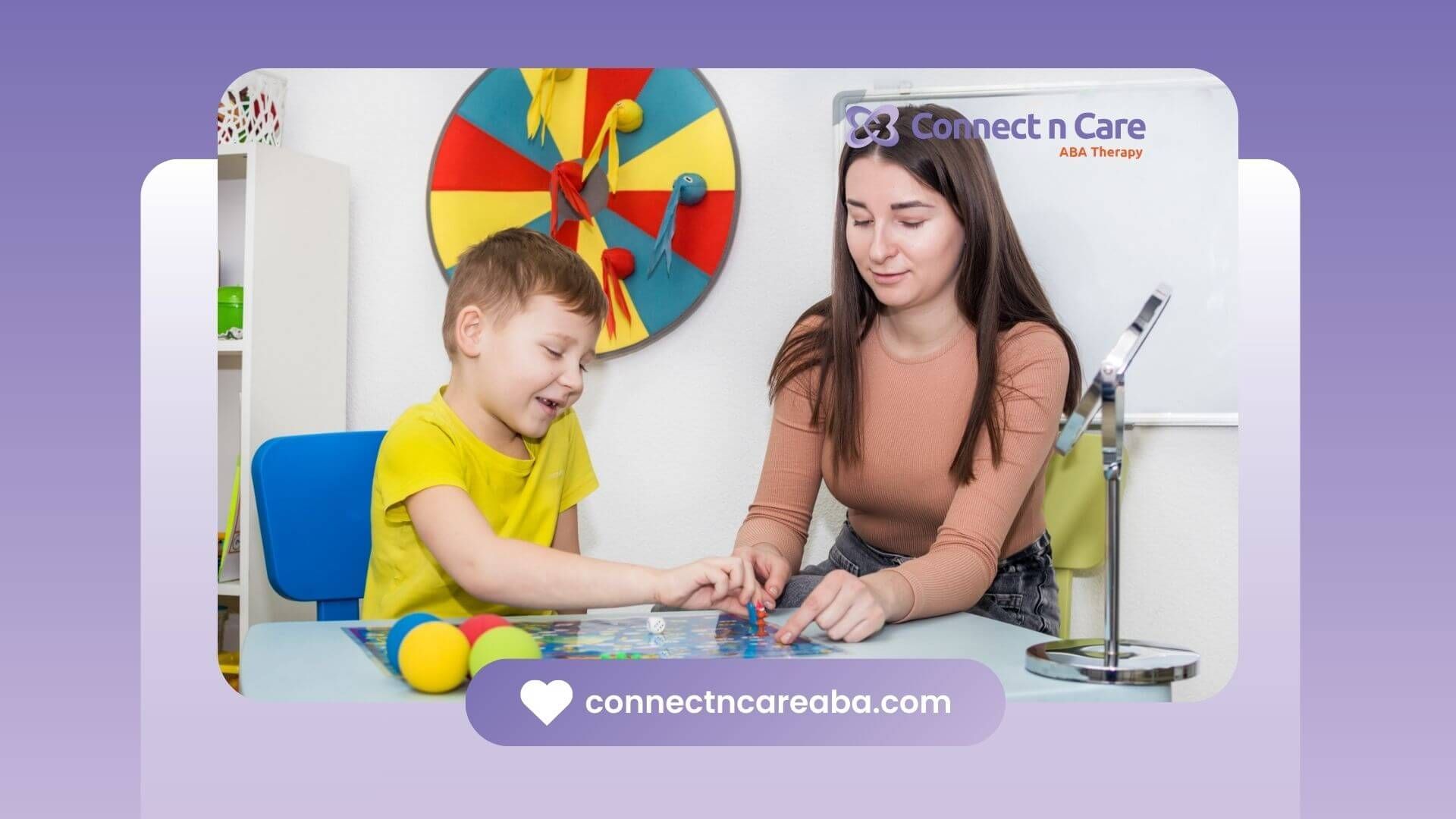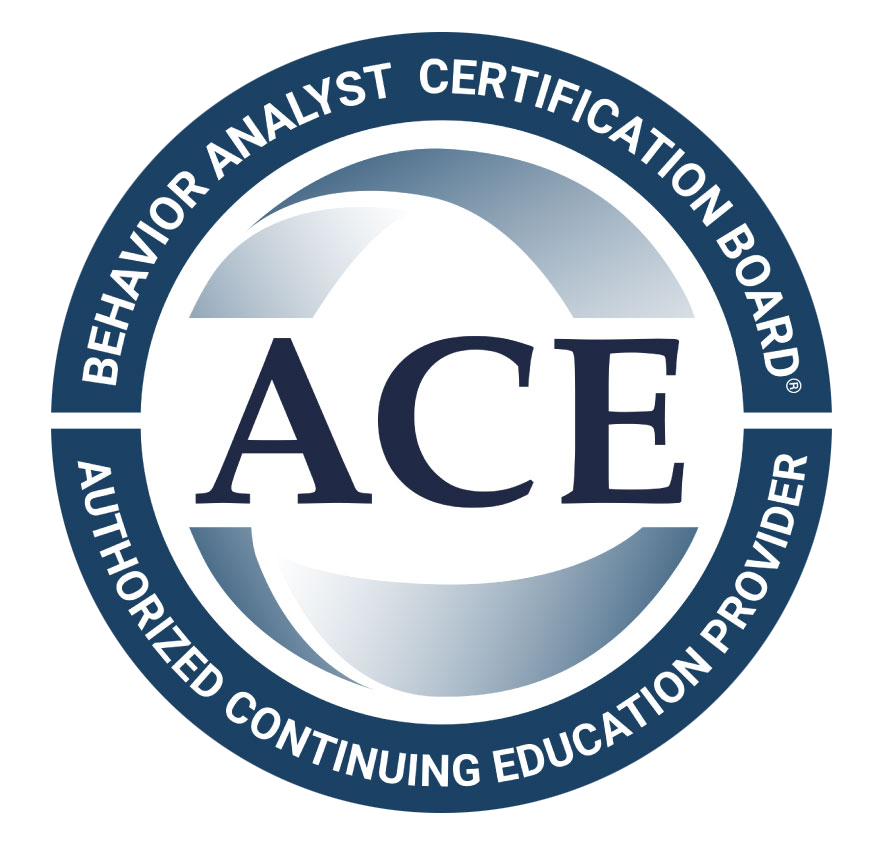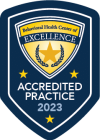In North Carolina, families looking for inclusive outdoor activities often ask: what's the best bike for an autistic child? At Connect n Care ABA, we support these journeys by helping children with autism develop confidence, coordination, and independence—one ride at a time.
Understanding Autism and Bike Riding
Children on the autism spectrum often have challenges that affect their motor skills and balance. This can make tasks like bike riding difficult and frustrating. Issues such as steering, planning movements, or stopping safely show that they need a careful and personalized approach. Fear and anxiety can also make learning harder.
Even with these challenges, bike riding is possible and can be rewarding for autistic children. With practice and special methods, they can improve their coordination skills and gain confidence. Each child's journey is different. Some may need specific gear and techniques to thrive.
Understanding these needs is the first step to help them succeed in cycling. Next, we'll explore the amazing benefits that bike riding can bring.
Benefits of Bike Riding for Autistic Children
Cycling has many benefits for autistic children. It helps improve important motor skills. When children pedal, steer, and balance on a bike, they can develop better muscle control. This supports their physical growth.
Physical activity is very important. Riding a bike gives a great workout for the heart and is also fun. Exercise can help children feel calmer, more focused, and link better with their surroundings. It builds resilience and supports their overall well-being.
Biking also improves coordination and helps with spatial awareness. These skills can help in other areas of life too. For example, learning how to move smoothly on a bike can make everyday movements easier. Encouraging your child to ride a bike can help their physical and emotional development. In the next part, we will discuss common learning challenges.
Addressing Common Challenges in Learning to Ride
Learning to ride a bike can be challenging for children on the autism spectrum. They may face physical problems like low muscle tone and trouble with balancing. Sensory issues or loud noises can also make them feel anxious.
Here are some helpful solutions to overcome these challenges:
- Start with a balance bike: Focus on balance first, without the distraction of pedals.
- Use visual aids: Colored labels on pedals or handlebars can make instructions easier.
- Break skills into small steps: Encourage slow progress to prevent overwhelming your child.
Techniques like practicing steering, using training wheels only if needed, and giving ongoing verbal support can also be effective. With patience and the right tools, you can help your child learn each skill step by step. Next, we will look at choosing the right bike for your child’s needs.
How to Choose the Right Bike for an Autistic Child
Choosing the best bike for your child with autism is important. It should support their strengths and help with any challenges they might face. Pay attention to the child's motor skills and coordination when picking the right bike. Bikes with adaptive features like wider tires and special balance options can make learning to ride easier.
Every child is different, so making the bike fit their needs can improve both comfort and confidence. The next part will go over key things to think about when selecting a bike for your child.
Factors to Consider When Selecting a Bike
When picking the best bike for your autistic child, think about things like wide tires for better stability and smoother rides. Features that improve stability can lower the worry of falling. This helps your child focus on getting better at balancing.
If the child needs more support, an adaptive bike might be the right choice. These bikes are designed for special needs and can help with sensory issues. They often have adjustable seats or balance aids for comfort.
Many brands offer options that are both useful and of high quality. Lightweight frames and simple designs can help limit sensory overload, making riding more fun. It’s important to choose a bike that meets your child’s needs now, but also gives them room to grow their skills. Next, learn about the types of bikes that are best for children with special needs.
Recommended Types of Bikes
For children on the spectrum, different bikes can help with various challenges. Here’s a simple breakdown:
| Bike Type | Key Features |
|---|---|
| Regular Bikes | These provide a normal bike experience. They focus on learning balance first. |
| Balance Bikes | There are no pedals. They are great for teaching coordination without too many distractions. |
| Adaptive Tricycles | They have three wheels. This supports motor skills for kids who are not ready to balance alone. |
You might also consider tandem bikes. They are great for riding with a caregiver. Scooters are another option for younger kids. Choosing the right bike is important. It helps make cycling fun and empowering. After selecting the right bike, let’s go into a step-by-step guide for beginners.
Beginner's Guide to Bike Riding for Autistic Children
Starting your child’s cycling journey can be exciting and effective if you plan carefully. Begin with small steps. Make sure they feel comfortable with the bike and the area around them. Gradually introducing basic skills can help them feel more confident and eager to improve.
This process includes getting ready for safety and using equipment that fits them well for the best support. With a proper way of teaching, autistic children can easily learn how to ride smoothly. Let’s go over the key points for starting and mastering bike riding one step at a time.
What You Will Need to Get Started
Preparation is key before teaching your autistic child to ride a bike. First, gather important safety gear like a helmet, elbow pads, and knee protection. Make sure the sizes are comfortable and fit snugly to keep your child safe while practicing.
It is also important to think about the child’s comfort in their mind. As a caregiver, be patient and introduce biking slowly to help them feel less afraid. Keep the practice area free of distractions like loud noises or things that could overwhelm their senses. A calm setting makes having a smooth ride easier.
Also, let the child help pick out their gear to create excitement. Whether it’s picking colors for the protective gear or choosing the design of their bike, this excitement can help keep them motivated. Once you have everything ready, follow a clear plan to help them improve, starting with our next step.
Step-by-Step Guide/Process
Teaching an autistic child to cycle means breaking it down into simple steps. First, focus on basic skills like sitting and steering instead of jumping right into pedaling. You can use labels or visual aids to make instructions easier to follow.
The next step is to practice balance and coordination slowly. Encourage the child to build confidence using methods that fit their abilities, like starting with a balance bike. When you complete each task patiently, it helps build trust and focus.
Lastly, help them move toward riding by themselves, making sure they have mastered all the basic skills. Celebrate their small successes as they get comfortable with their own bike. With a structured approach, cycling becomes a fun and empowering experience for both the child and the caregiver. Now, let’s look deeper into these individual steps.
Step 1: Getting Comfortable with the Bike
The first step to riding alone is becoming familiar with the bike. Start with letting your child explore the bike while it is standing still. This way, they can get used to the pedals and handlebars.
Next, help your child learn balance. Ask them to sit on the seat and find a good position. If they need it, using a balance bike or tricycle can help them feel stable. Remember to take breaks when needed, so they don’t feel overwhelmed.
As they get comfortable sitting and holding the handlebars, guide them to practice steering without moving. Slowly adding these actions will help them learn important skills like pedaling and cycling. This preparation is key for Step 2.
Step 2: Basic Riding Skills
In this phase, give guided actions to help with coordination. Start by encouraging movement forward using visual reminders, like colored stickers on the handlebars and pedals. Focus on short rides to help them build stamina.
Practice cycling in safe spaces where they won’t face any obstacles. Teach them to control their steering. Success is not just about miles—it's about how comfortable they feel doing small tasks every day. Positive reinforcement helps create a better attitude and eagerness to learn.
As time goes on, add gradual challenges, like a slight incline for pedaling strength or mastering slow braking. Completing these tasks makes them ready for daily biking, which helps build enjoyment and self-confidence.
Conclusion
In conclusion, choosing the best bike for autistic children is an important task. You need to think about their special needs. Bike riding can offer many benefits. These benefits include better physical health and social skills, as well as more confidence. It’s important to understand what your child needs and find solutions to common problems.
This way, bike riding can be fun and rewarding. As you start this journey, focus on safety, comfort, and enjoyment. These factors help young riders have a positive experience. If you need help finding the right bike or advice on how to get started, feel free to ask for expert help designed for your child's needs.
At Connect n Care ABA, we believe every child deserves the tools to succeed—including on two (or three) wheels. Our team proudly provides customized ABA therapy services in North Carolina and Virginia, helping children with autism build motor skills, confidence, and independence—both in therapy and everyday life.
Contact us today for a free consultation and learn how we can support your child’s journey—starting with their first ride.
Frequently Asked Questions
What safety gear is essential?
For safe cycling, it is important to wear safety gear like helmets, elbow pads, knee pads, and wrist guards. Choose gear that is high visibility and fits well. This will help you feel comfortable and secure. Also, teaching how to use brakes and balance, along with wearing protective gear, will improve important skills.
How to motivate an autistic child to ride?
Motivation starts with rewards, encouragement, and patient support from a caregiver. It helps to give praise for small achievements. You can also make sessions fun by planning them on a calm and familiar Saturday morning. Using visual aids or creating hands-on activities can increase excitement and eagerness.
How often should practice sessions be held?
Consistency leads to success. Regular practice sessions that happen 1-2 times a week can show clear progress over time. It's important to keep steady milestones in place without putting too much pressure on the child. Having clear routines helps them adapt and strengthens the basic skills they learn.
Sources:
- https://pmc.ncbi.nlm.nih.gov/articles/PMC6949415/
- https://pmc.ncbi.nlm.nih.gov/articles/PMC9406935/
- https://www.autismparentingmagazine.com/teach-autistic-child-ride-bike/
- https://www.autismspeaks.org/activities-kids-autism
- https://allkidsbike.org/blog/inclusive-learn-to-ride-program/the-benefits-of-biking-for-individuals-with-autism/



